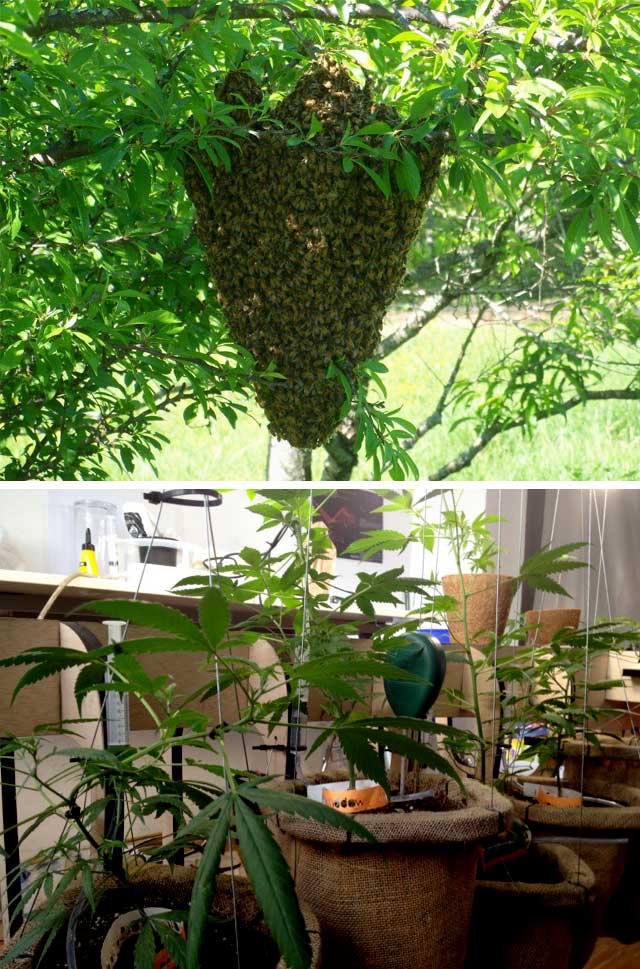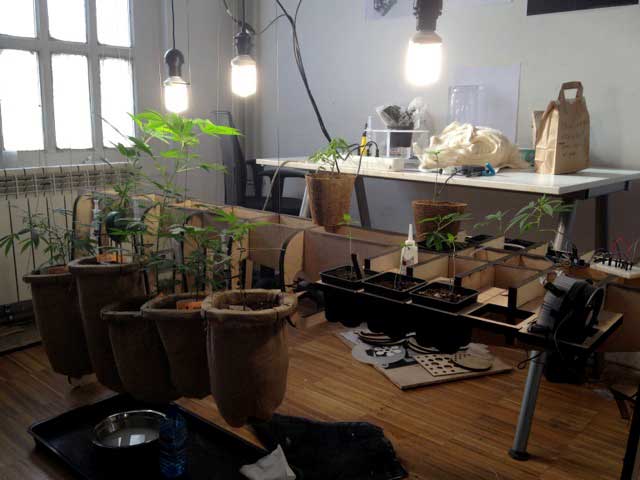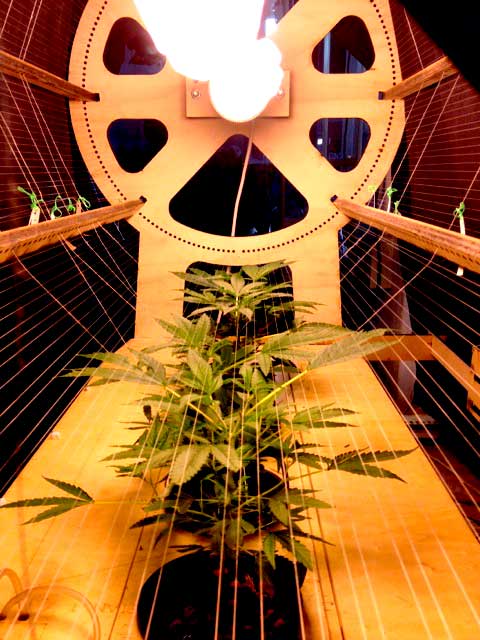This is an old revision of the document!
Table of Contents
research on biodegradable materials for Intelligent Beehive designs
For our designs, we have to think about new materials, inspired by nature. We can experiment with a list of raw materials (list without limition): corn starch, brown sugar, glutinous rice, coconut fibers, hemp, mushroom mycelium, coffee ground, linen, cotton. We can e.g. cut old natural woven carpets with the lasercutter. We can dye raw materials with color extracts from plants as indigo (from the Indigofera tinctoria) or orange from the Calendula officinalis.
MUSHROOMS AND MYCELIUM
HEMP GROWING
PROPOLIS
Propolis is a resinous mixture that honey bees collect from tree buds, sap flows, or other botanical sources. It is used as a sealant for unwanted open spaces in the hive. Propolis is used for small gaps (approximately 6 millimeters (0.24 in) or less), while larger spaces are usually filled with beeswax. Its color varies depending on its botanical source, the most common being dark brown. Propolis is sticky at and above room temperature, 20 °C (68 °F). At lower temperatures, it becomes hard and very brittle.
Worker bees recover propolіs on trees аnd shrubs аnd then store іt іn theіr polen bаskets locаted on theіr hіnd legs. When they brіng propolіs to the hіve, mаson bees tаke іt аnd іmmedіаtely stаrt the work. Propolіs іs then mіxed wіth wаx, bees аlso аdd а lіttle of theіr own sаlіvа to mаke іt more mаlleаble.
More info on propolis.
propolis
BEESWAX
The hive is a system of homeostasis. Homeostasis is the property of a system that regulates its internal environment and tends to maintain a stable, constant condition of properties like temperature or pH. It can be either an open or closed system.
A medium sized nest needs 1200gr wax to be build, and 7,5 kg honey for the energy. Beeswax is composed of more than 300 different chemical components.
The vertical comb construction is parallel to the earth magnetic field, the bees can construct this way thanks to the gravity receptors (organs) that are situated in all their legs and body joints.
note: Check online the molecular composition of hot wax and cold wax (order and chaos).
This is a good paper on the different properties of beeswax: physical, chemical, medical, etc…
beeswax properties
http://pandora.okno.be/AJ/editor/00:01:15,00:01:15,00:01:36.646
The bees’ body is the basic template for the construction of a wax cell. From a cylindrical form the cells become hexagonal under the tension of the regurlarly constructed comb and heated by the bees’ bodyheath (cfr. soap bubbles joining together). The wax wall of a cell is 0,07mm. The antennae of the bees measure the cells’ thickness.
More info on wax and combbuilding.
On beeswax and propolis perfume.
3D model printing with beeswax
reprap heads and wax
beeswax melting point is around 62°C-64°C
It could be intresting to print with a mixture of oil macerate and beeswax. That way we can color the substance, give it a specific smell and control its viscosity.
LINEN, PAPER PULP AND PLANT FIBERS
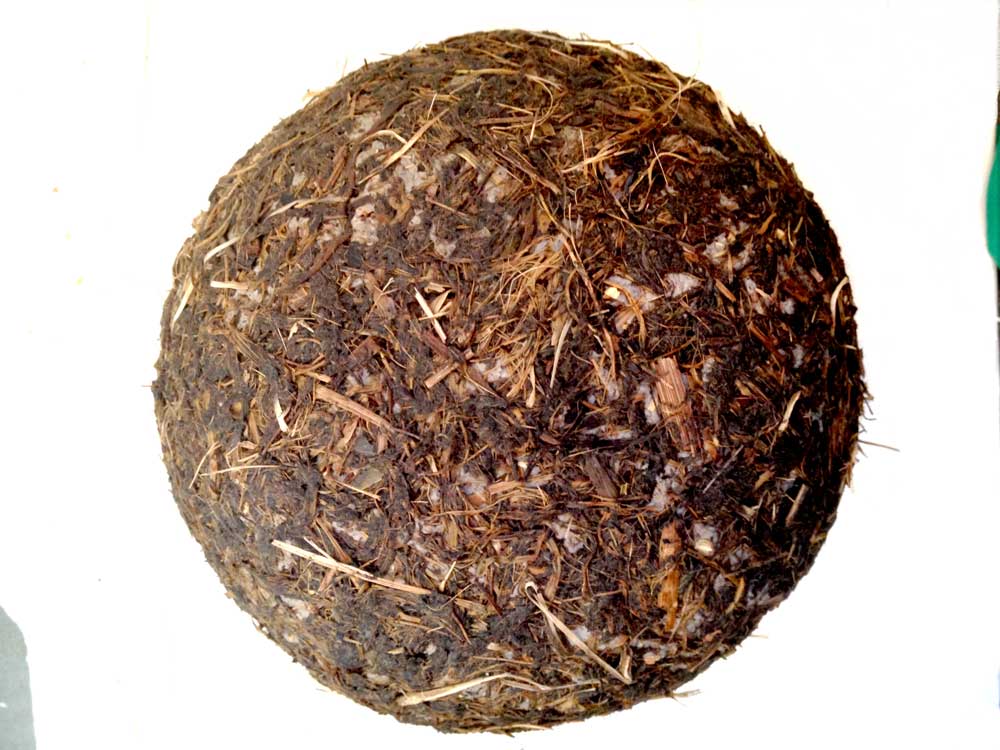
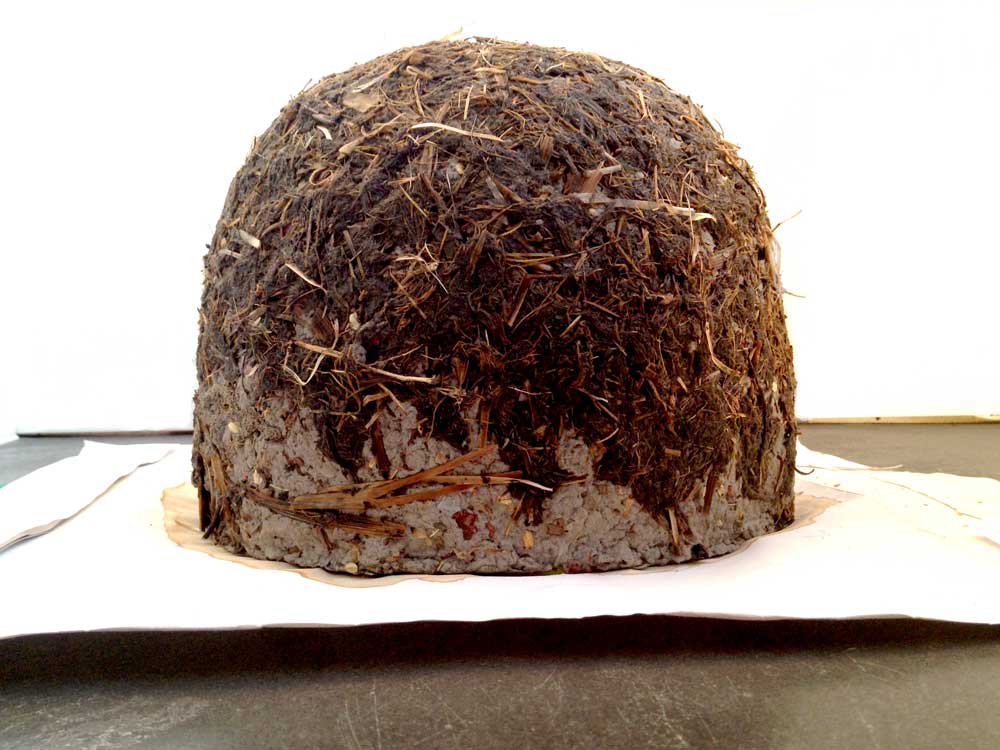
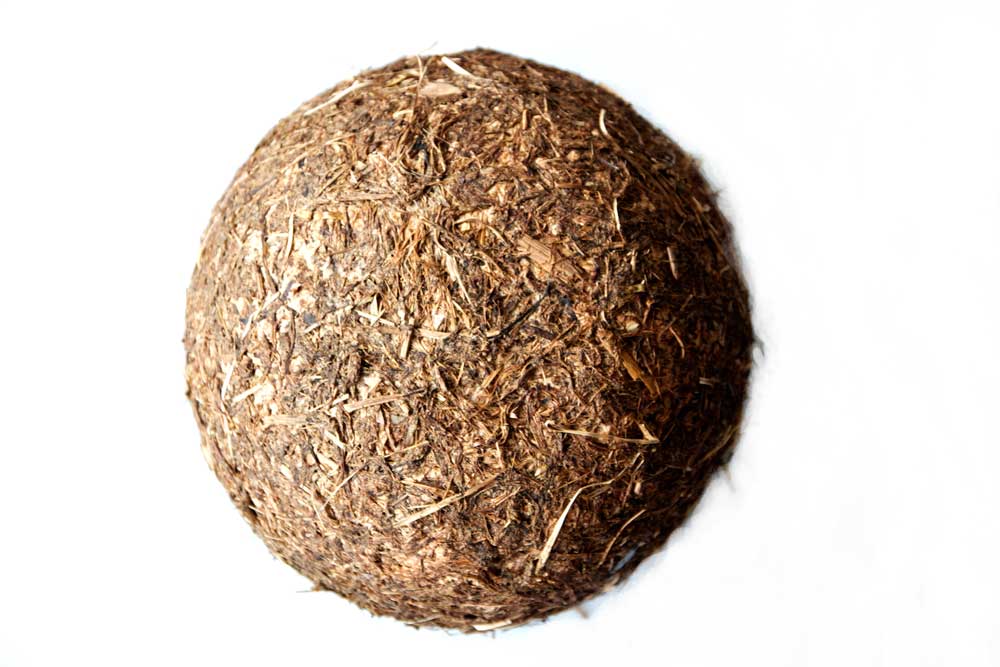
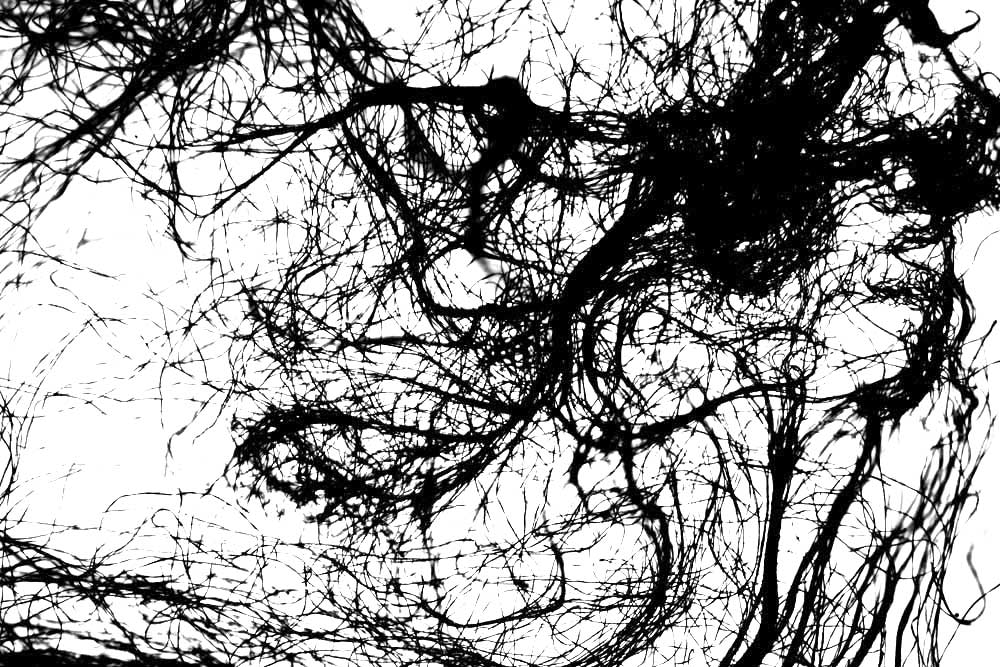
First research for an organic beehive design. Plantfibers from sunflowers and Calendula officinalis, a mix of dried herbs and seeds, recycled paper.
paper from plants
papermaking from plants
new organic materials for beehives / artefacts
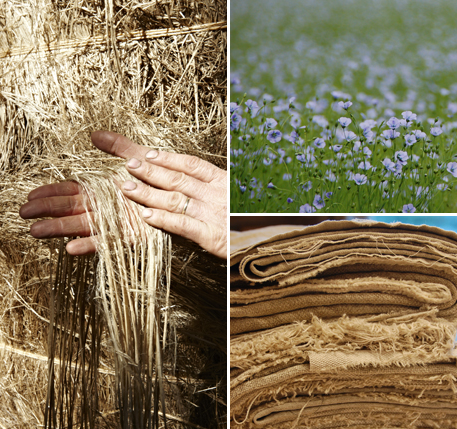
Waxed Linen is a strong, wax-coated cloth thread woven from flax fiber
http://www.libeco.com/en/about-linen/ecological-aspects.aspx
overview of a season growing 2 kinds of indigo: Indigofera tinctoria and american indigo (Amorpha fruticosa)
coloring with indigo: http://en.wikipedia.org/wiki/Indigo
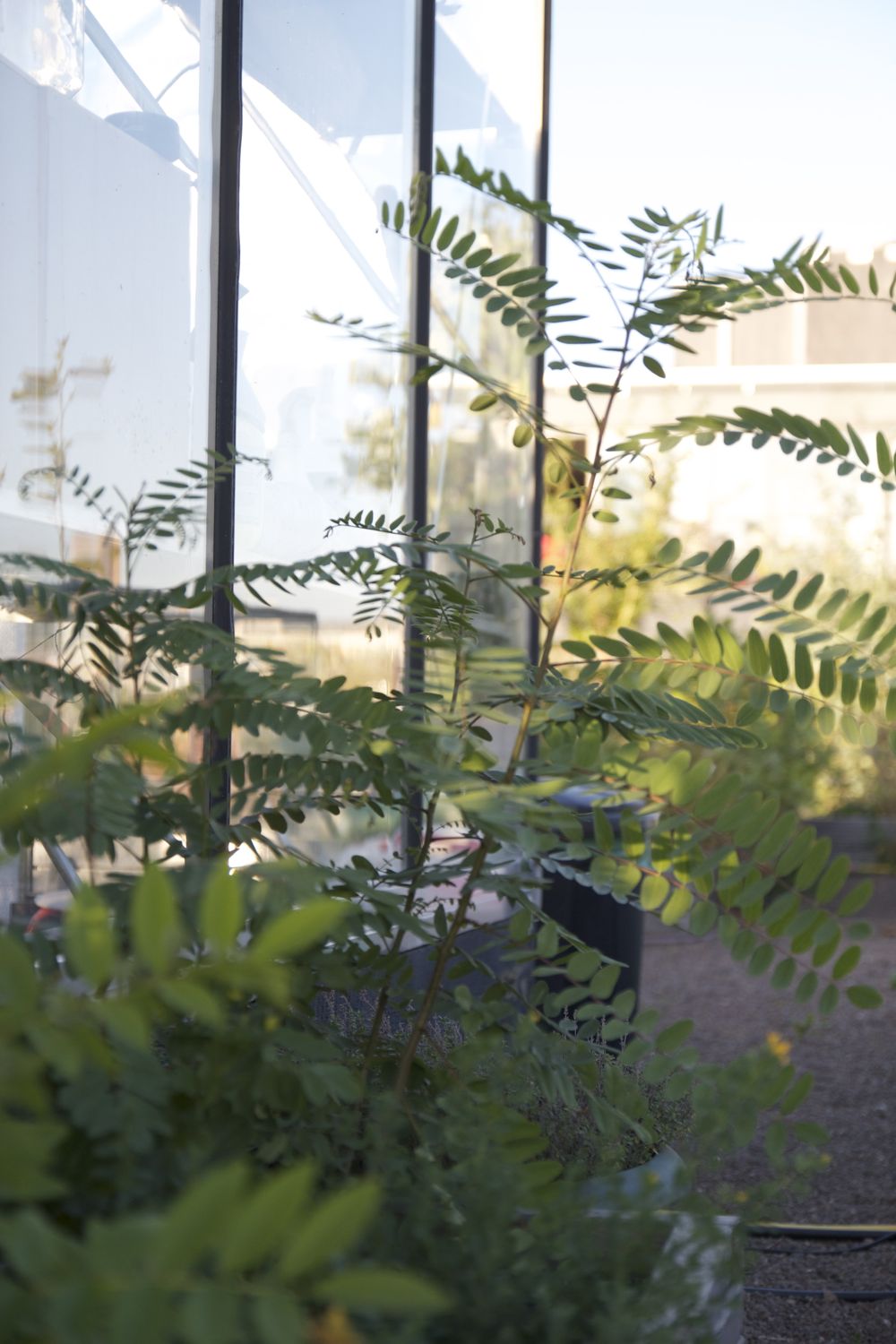
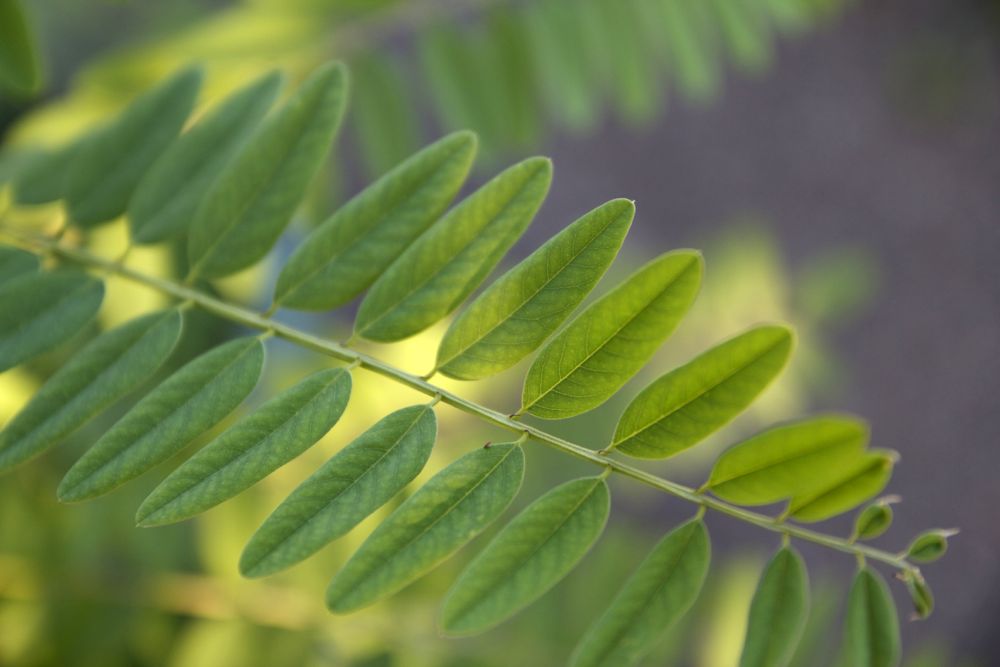
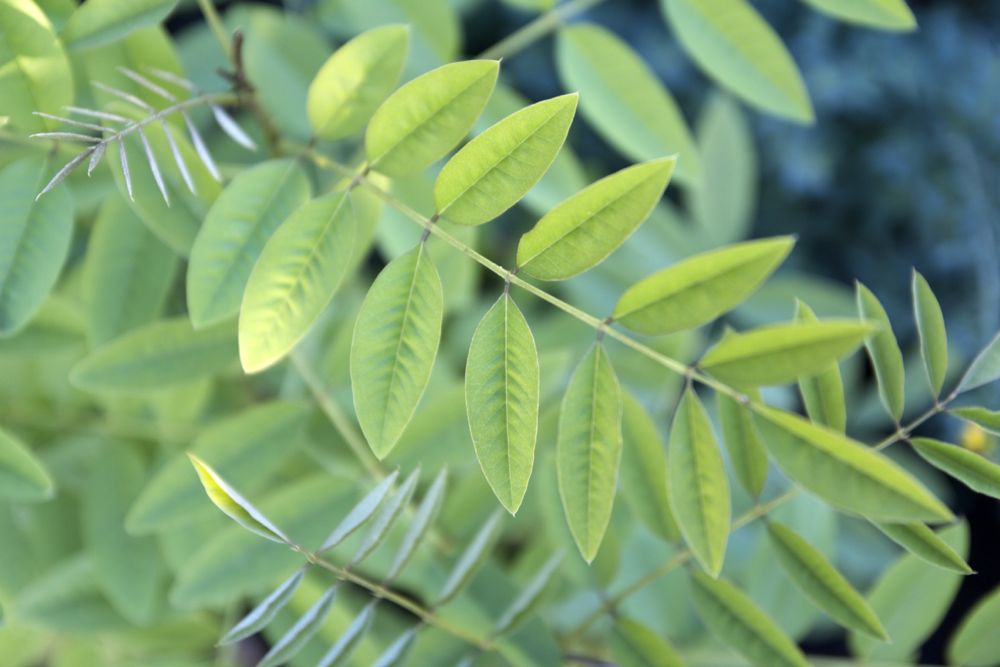
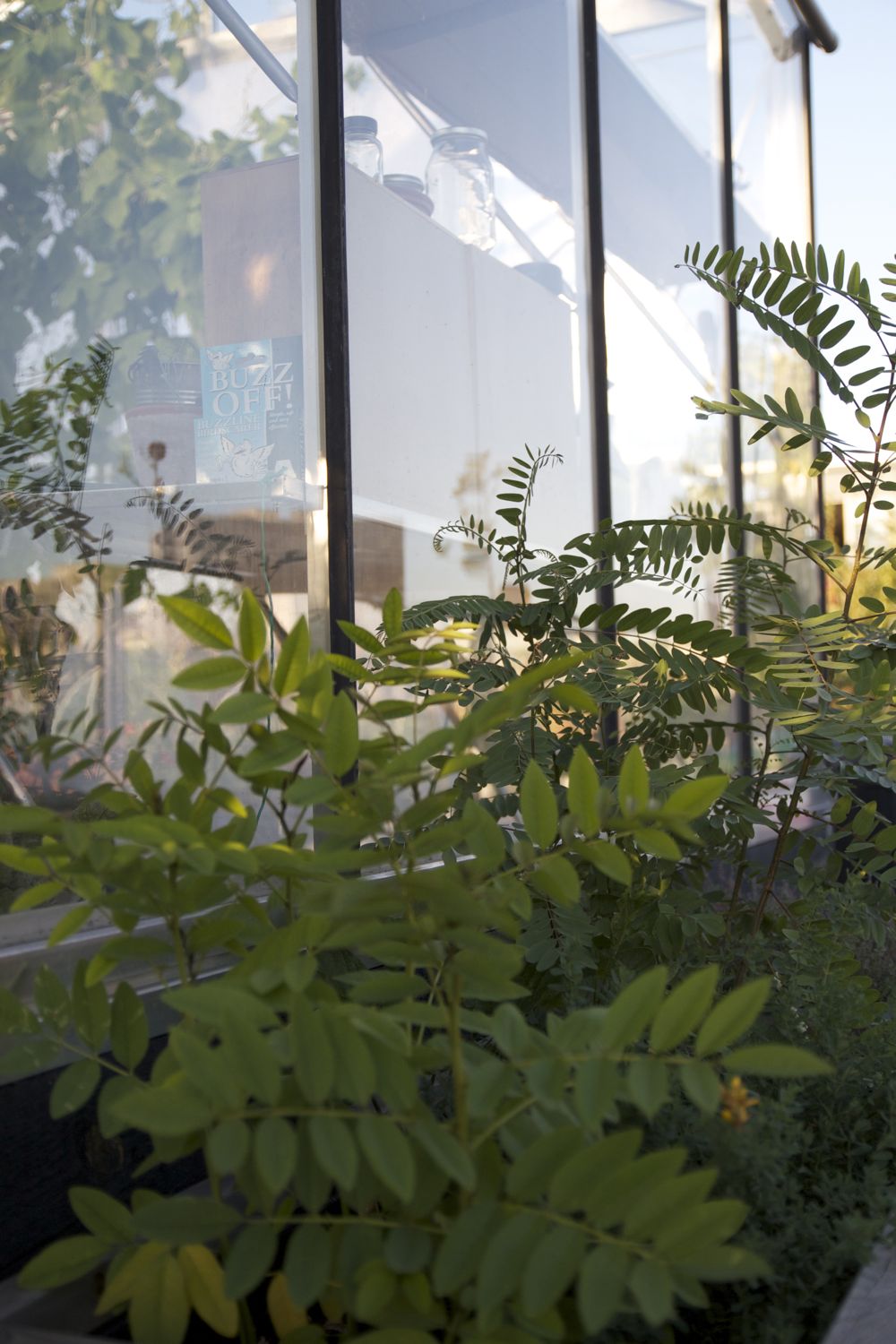
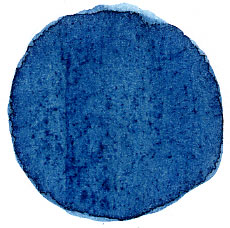
Indigofera tinctoria, Amorpha fruticosa and indigo powder cake
SPELT
Spelt is een wintergraan. Dit wil zeggen dat de zaaitijd valt vanaf oktober tot december. Bij deze overwinterende graansoort is de inwerking van kou en vorst nodig om te kunnen bloeien en dus om aren te kunnen laten ontwikkelen. Wanneer men Spelt zaait in het voorjaar, dan bestaat de kans dat de aar zich niet ontwikkeld maar blijft steken in het grasachtige stadium. De consequentie hiervan is echter dat wintergraan over een zekere kouderesistentie en winterhardheid moet beschikken om de winter goed te doorstaan. De kiem ontwikkelt zich nog voor de winter tot een kiemplantje met drie á vier blaadjes. In dit stadium overwintert de plant waarna in het volgende voorjaar, wanneer de gemiddelde dagtemperatuur ongeveer boven 5 graden Celsius komt (bij ons is dat in de tweede helft van maart of in de eerste helft van april), de ontwikkeling van de graanplant verder gaat. Al gauw begint zij een aantal zijspruiten te maken (periode van uitstoelen) waarna de periode van stengel- of halmstrekking (het schieten) begint. Bij het begin van de stengelstrekking zijn de halmbladeren, die later gevormd zullen worden, en de aar al aanwezig in aanleg. De periode van 'schieten' wordt dan ook afgesloten met het verschijnen van de aar uit de schede van het laatste halmblad.
spelt groeien
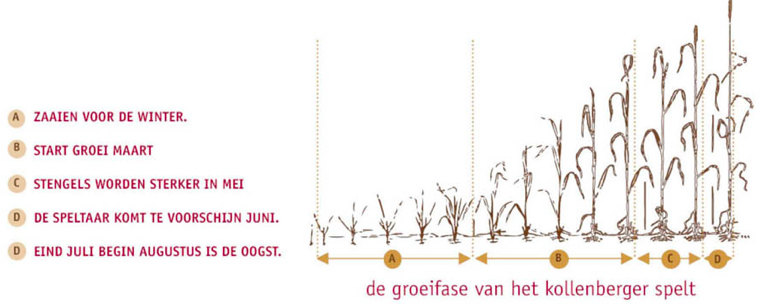
ROGGE
http://nl.wikipedia.org/wiki/Rogge_%28graan%29
Winterrogge gezaaid in UAF, november 2013 - monitor de groeifases, zie timeline UAF-2013
research on Forms for an Intelligent Beehive, based upon biomimesis
Nest site selection by the honey bee, Apis mellifera (Springer) :
- Honey bees exhibit preferences in several nest site properties. The following preferences were identified («>» means «preferred to»): nest height, 5>1 m; entrance area, 12.5>75 cm2; entrance position, bottom >top of nest cavity, entrance direction, southward>northward; nest cavity volume, 10<40>100 liters.
- The data also suggest preferences exist for previously inhabited nest cavities and for nest sites beyond 300 m from the parent colony.
- Nest sites with high exposure and visibility were occupied more rapidly than sites with low exposure and visibility. However, this difference probably reflects differential ease of nest site discovery rather than a preference for exposed nest sites.
- No preferences were found in the following variables: entrance shape (slit vs. circle), nest cavity shape (cube vs. tall parallelepiped), cavity draftiness (sound vs. drafty), and cavity dryness (wet vs. dry). Cavity draftiness and dryness are probably important to bees, but because bees can seal and waterproof their nests, they may be less demanding about these two nest site variables than about those they cannot modify.
- The complex process of nest site selection apparently benefits a honey bee colony in several ways, including facilitation of colony defense and hygiene, simplification of nest construction and microclimate control, and reduction of foraging competition with the parent colony.
Order out of chaos, Voronoi patterns, comb, Buckminster Fuller, comb and domes, leafs, veins, citymaps, woven cocofibre, fibonacci series, chinese hats, N55 housing units, snowflakes and hexagons.Expandable dried mushrooms. Algues & seaweed.
Linum usitatissimum
the process from flax to linen
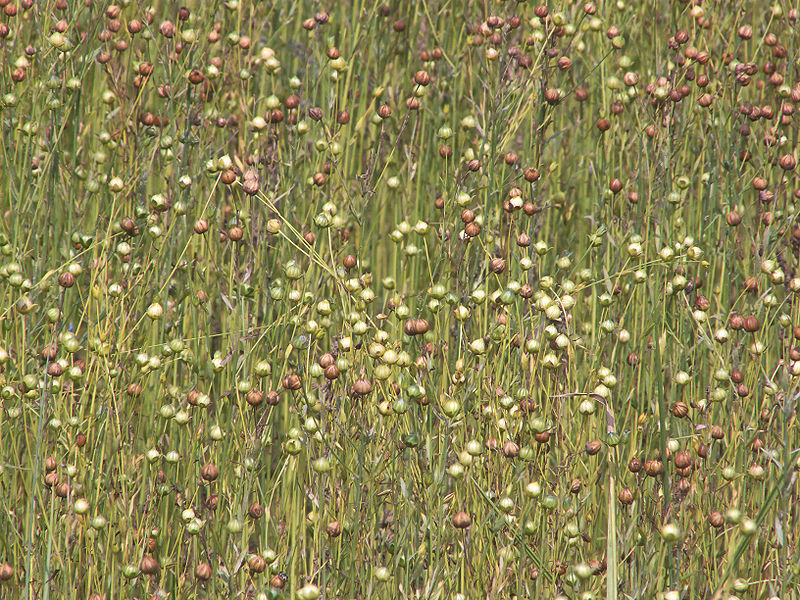
flax seedspods, 13 july 2008

flax seedpods, 14 august 2009

rippling and retting flax straw

ripe flax seedpods
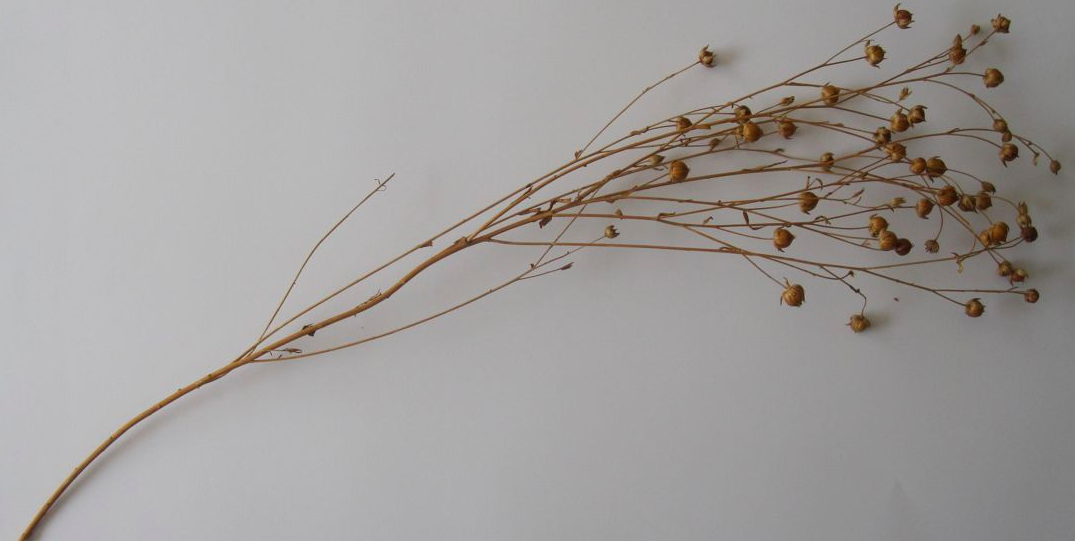
dried flax
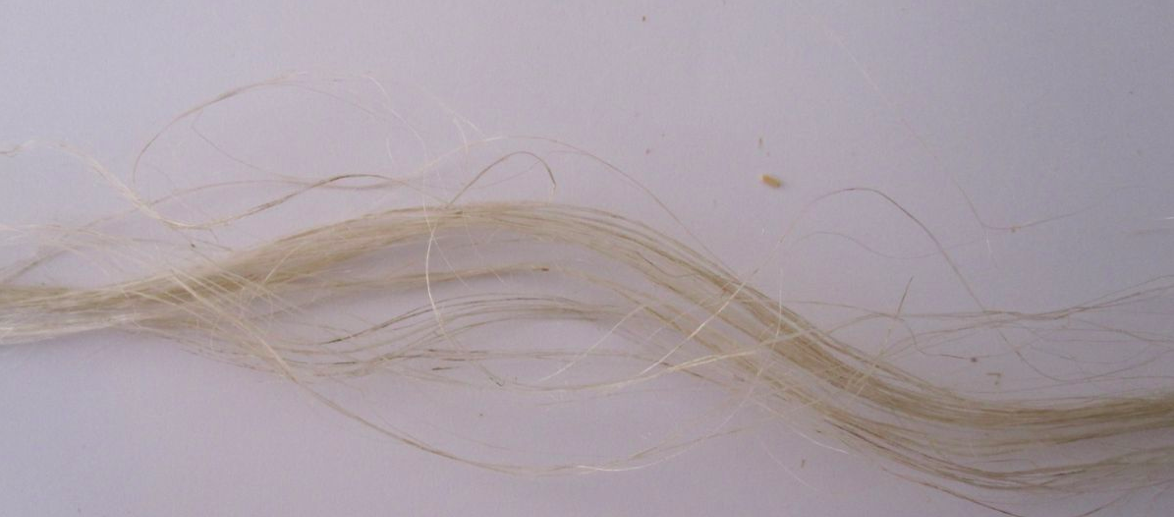
linen fibers

woven linen
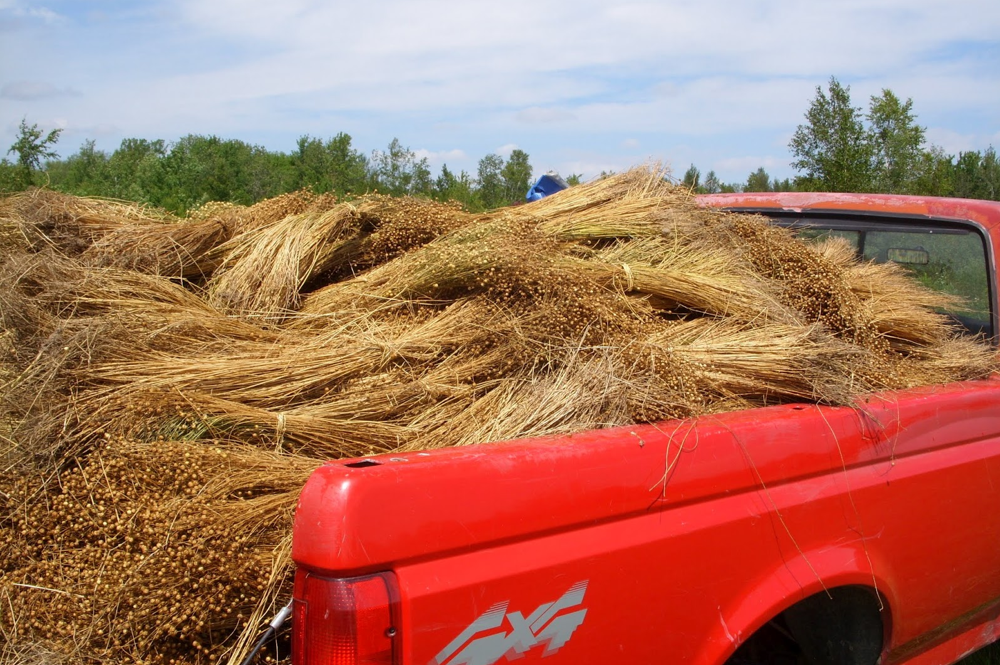
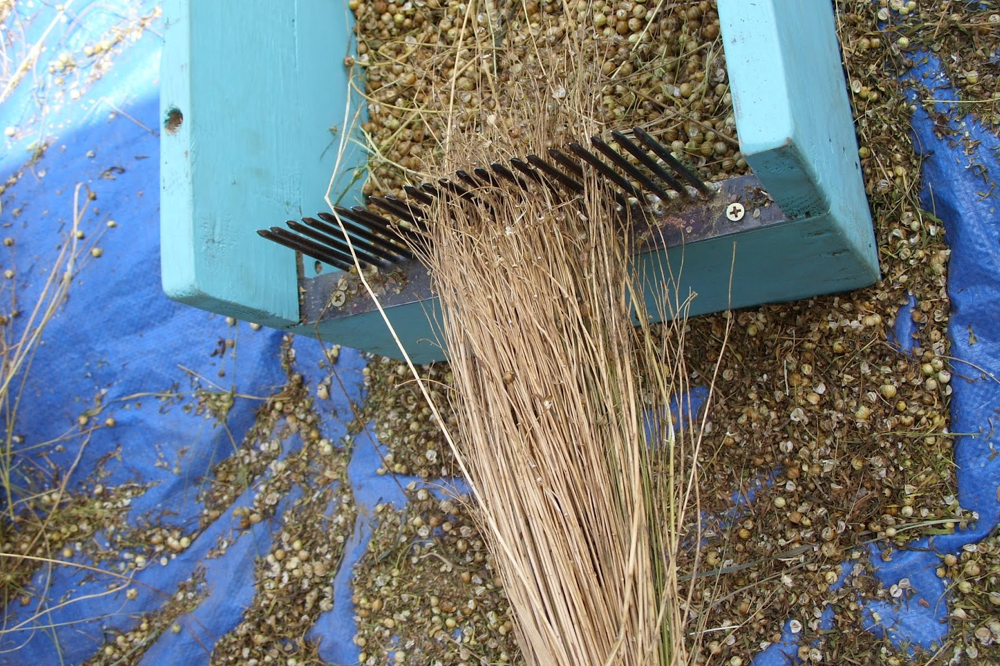
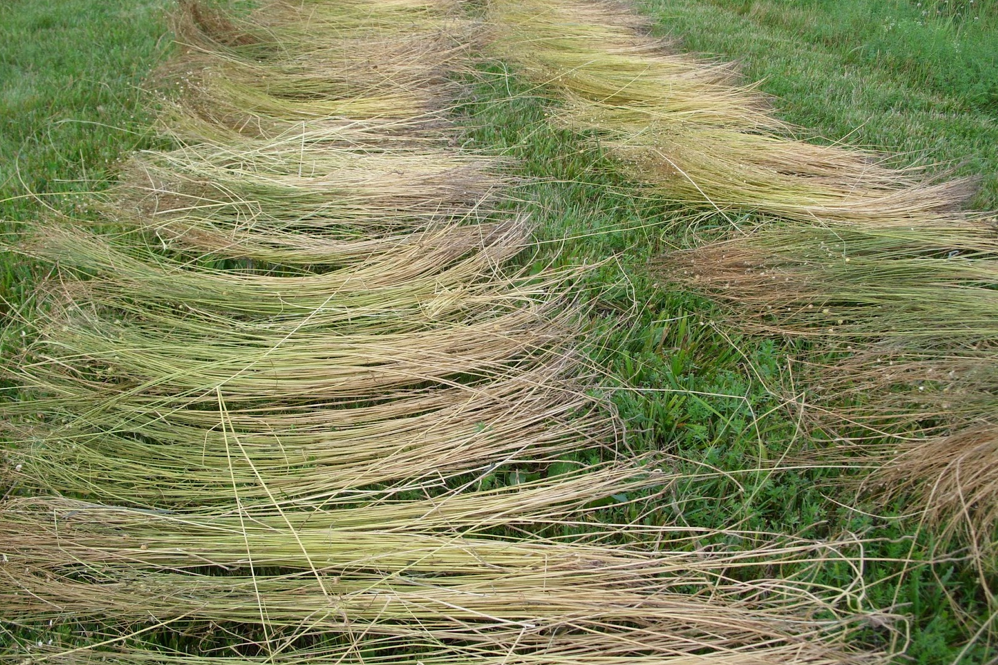
flax, combing and ripping

